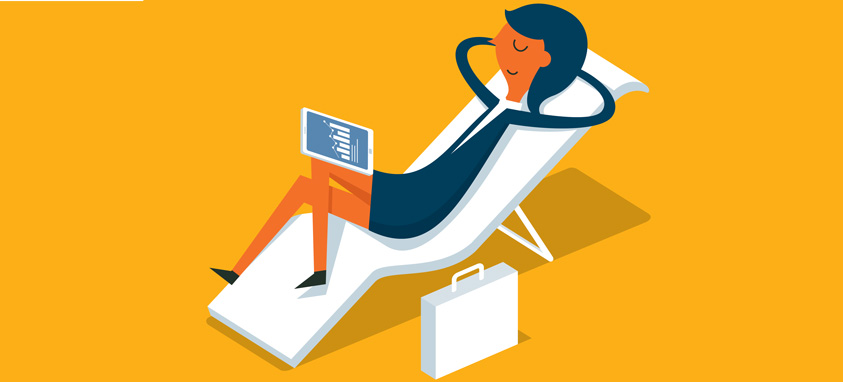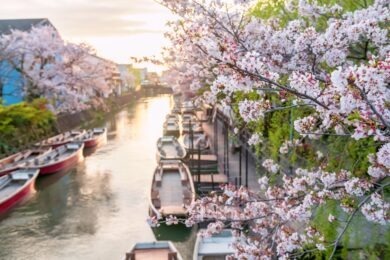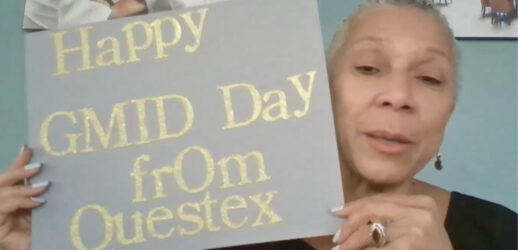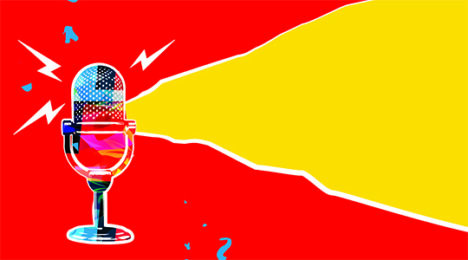Contrary to some reports, bleisure trips have not been increasing worldwide, according to a recently released white paper.
The paper, A Quantitative Look at the Bleisure Phenomenon, was based on a study by Carlson Wagonlit Travel’s CWT Solutions Group that looked at business trips booked by the company from 2011 to 2015.
Bleisure trips combine business with leisure, and for the purposes of the study they were defined as those that include a Saturday night leisure stay at the beginning or end of a trip, or both. The study found that every year, 20 percent of business travelers take bleisure trips and that they account for 7 percent of all business trips. These percentages were largely unchanged during the five years covered in the study.
An analysis of the results shows that young professionals, women and infrequent travelers are the demographic groups most likely to take bleisure trips.
Travelers under 25 years old are two to three times more likely than those 45 to 50 years old to add a weekend to a business trip. Women reported taking fewer business trips than men, but they took 1.7 percent more bleisure trips. Travelers taking 20 trips or more per year are less than 5 percent likely to take a bleisure trip during a given year, and take 8 percent of all bleisure trips, compared with one-third taken by employees traveling once or twice per year.
The distance between the origin and destination cities also affects bleisure rates. Long-distance travelers are more likely to take bleisure trips than those travel short distances. For example, the bleisure rate for people flying from San Francisco to London is 23 percent; by contrast, it’s 2 percent for those flying from Paris to London.




